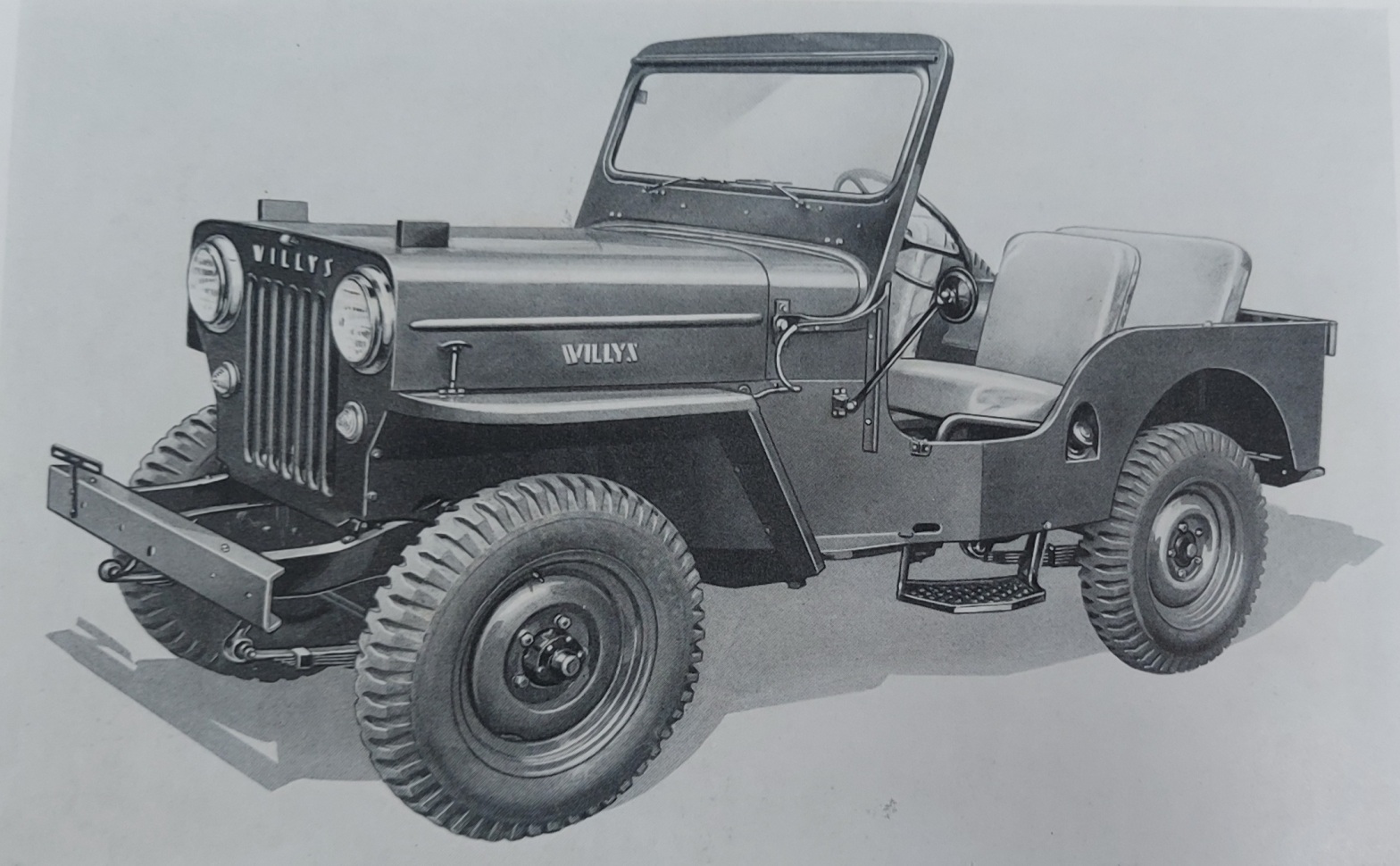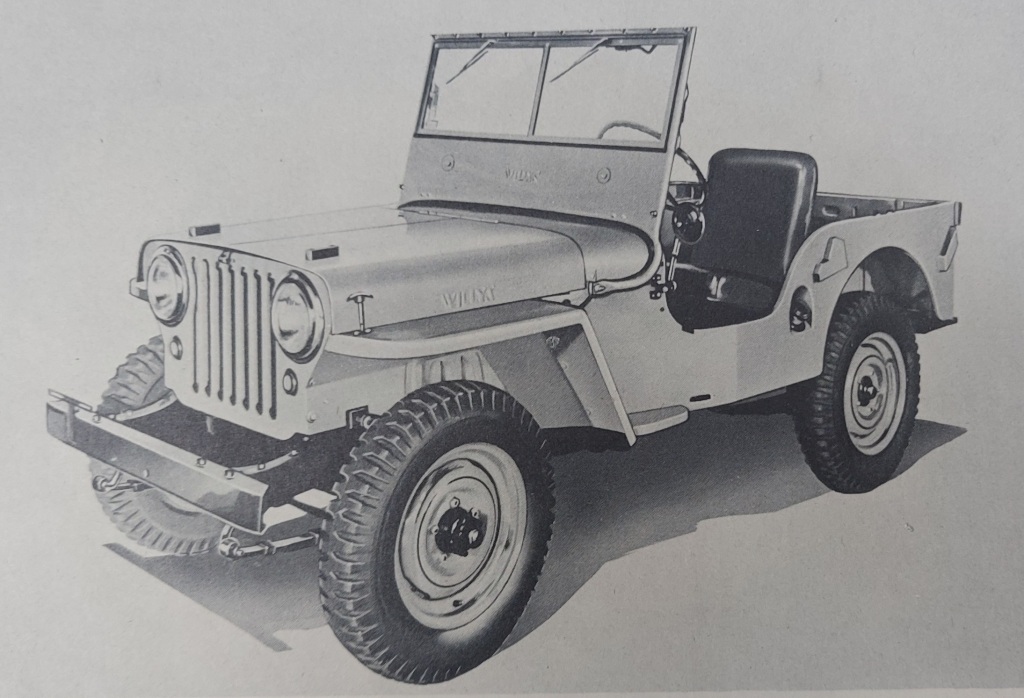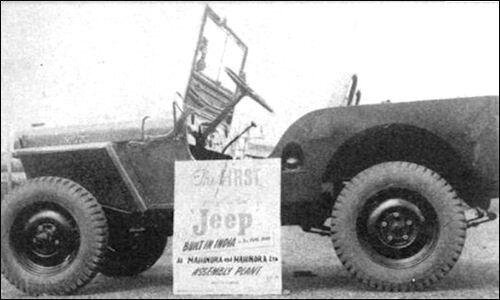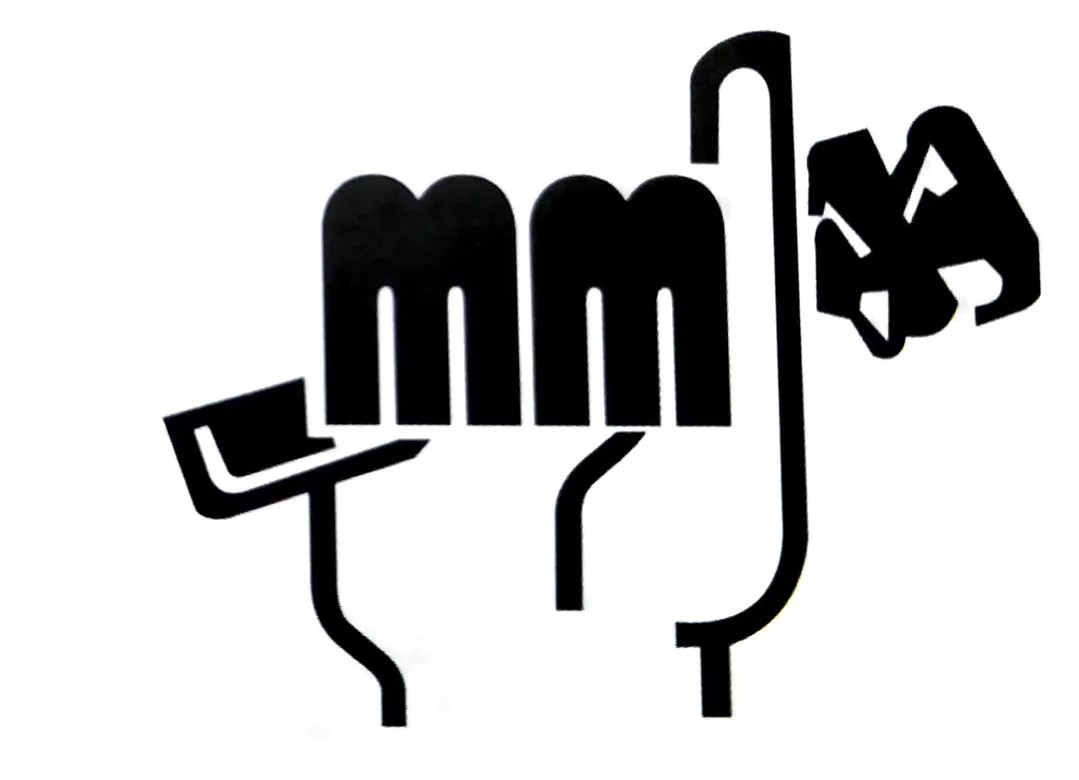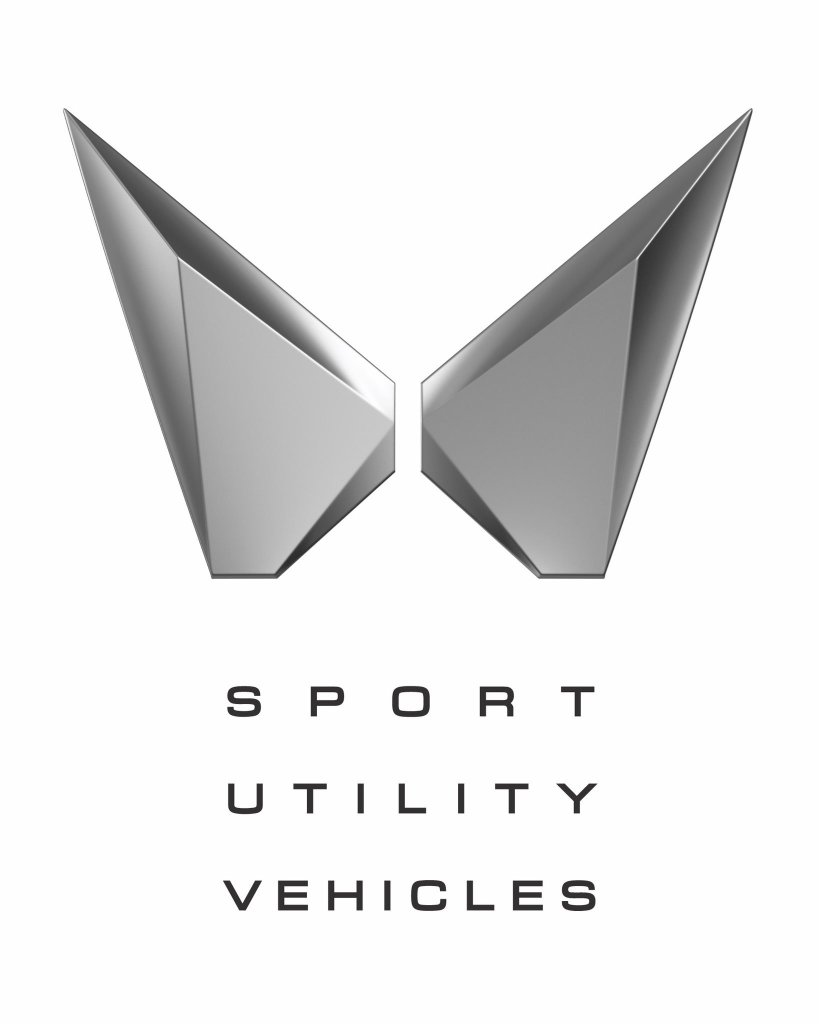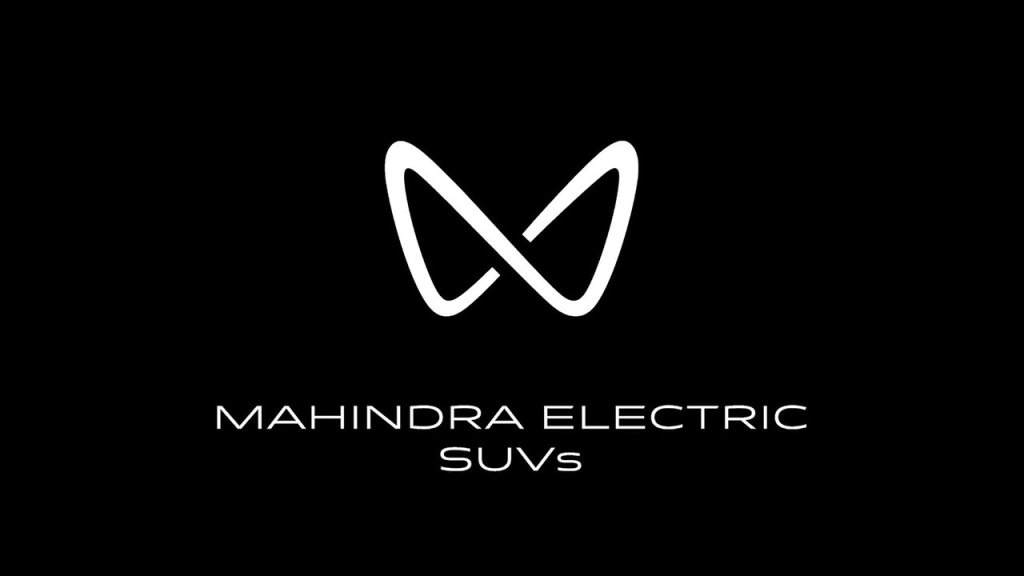Spicer supplied Model 44 front and rear axles to Willys. These axles were of Salisbury design – a Gear carrier with a central “pumpkin” and two hollow shafts pressed in on either side. These axles came in multiple final drive ratios – 4.27, 4.88, 5.38 and 5.88. A 3.73 ratio was introduced much later for fuel efficiency benefits.
- Production – 1949 onwards and continues even now in modified versions (Model 25 front axle might have been used in the earliest models)
- Plant(s) – Mazagaon, Ghatkopar, Kandivli and also procured from Dana Corporation
The front axle of a 4WD vehicle is of Salisbury design with a 8.5″ hypoid crown gear and a 1.5″ pinion offset. The axle was of ball yoke design with kingpin bearings and was of full-floating design. Full floating design had two wheel bearings on either side. The drive to the front wheels were through a cardan cross.

Factoid – The hub cap (1) doubled up as a measure of wheel bearing grease to be used while carrying out “Hub greasing” activity.
The rear axle was also of Salisbury design with a 8.5″ hypoid crown gear with a 1.5″ pinion offset. The axle was of semi-floating design with one wheel bearing on either side.

These axles are still being used, with modifications, to take care of higher loads as well as changes in the wheel track etc.













